Your cart is currently empty!
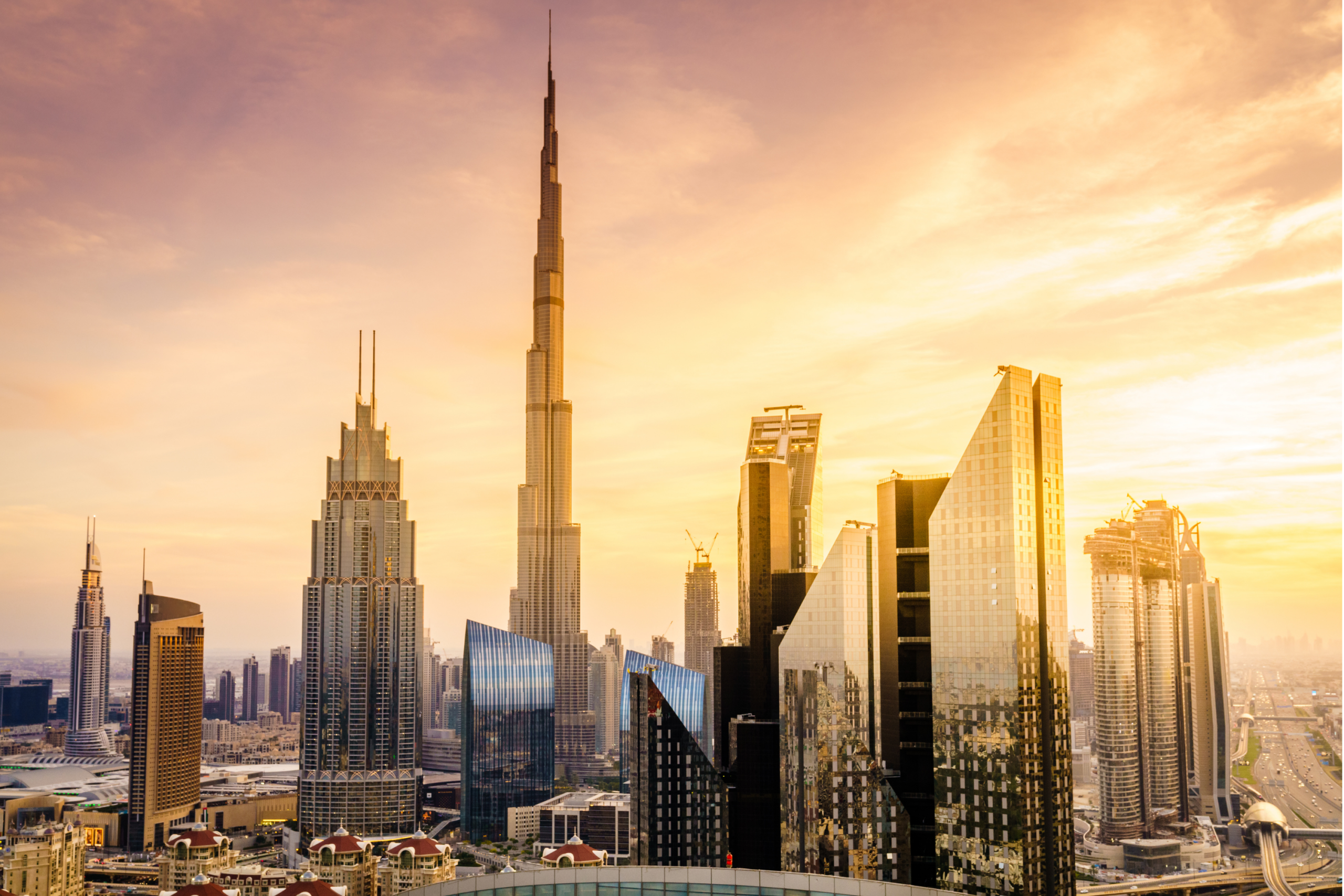
Architecture in Dubai: Where Innovation Meets Tradition
Posted Date:

Architecture in Dubai: Where Innovation Meets Tradition
Dubai’s skyline is one of the most recognizable in the world—a stunning blend of futuristic innovation, luxurious design, and cultural heritage. In just a few decades, the city has transformed from a modest trading port into a global hub for architecture and engineering excellence. Today, Dubai is home to some of the world’s most ambitious architectural projects, attracting investors, designers, and tourists alike.
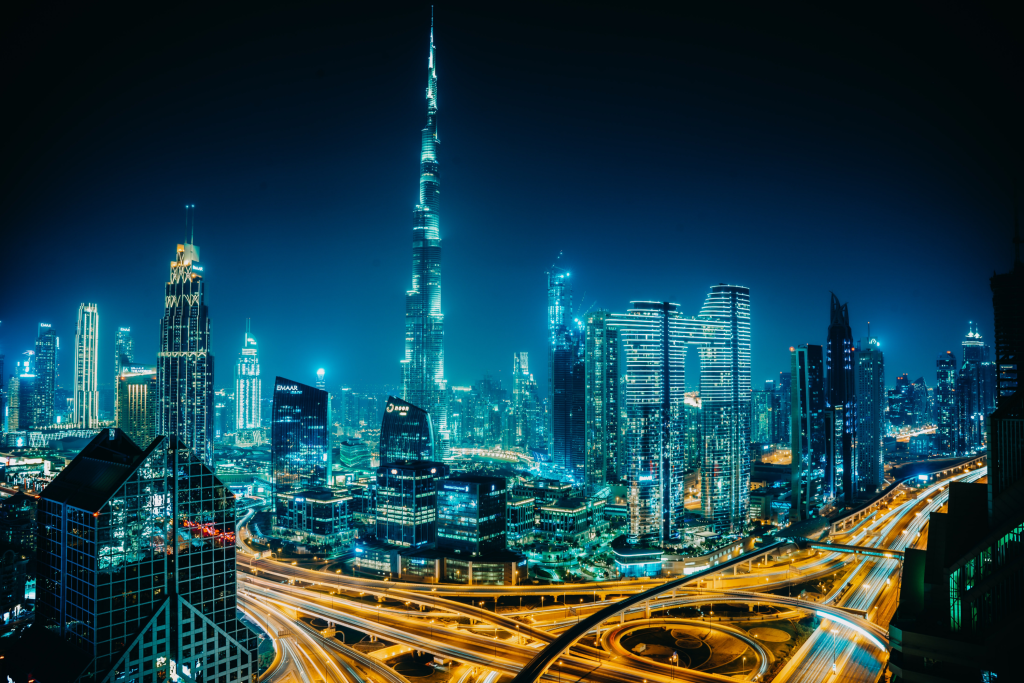
A City Built on Vision
Dubai’s architectural evolution is a story of ambition without limits. Guided by visionary leadership, the city’s development strategy has consistently pushed the boundaries of what’s possible in design and construction. From the soaring Burj Khalifa, the world’s tallest building, to the sail-shaped Burj Al Arab, Dubai’s landmarks are both feats of engineering and works of art.
But beyond these icons lies a deeper architectural philosophy: each structure must serve a purpose while reflecting the city’s commitment to innovation, sustainability, and global relevance.
A Fusion of Modernity and Heritage
What makes Dubai’s architecture unique is the way it merges cutting-edge design with Middle Eastern traditions. Modern skyscrapers stand alongside mosques, souks, and wind-tower houses—reminders of the city’s cultural roots.
Architects often incorporate Arabesque patterns, mashrabiya screens, and traditional geometric motifs into contemporary structures, creating a visual bridge between the past and present. This blend ensures that while Dubai embraces modernity, it never loses its identity.
Innovation as a Signature
Dubai’s climate and environment have shaped its architectural style. High temperatures and intense sunlight demand designs that are energy-efficient, comfortable, and sustainable. Many new developments use advanced materials, smart technology, and eco-friendly systems to reduce environmental impact.
The city is also a leader in experimental architecture. Projects like the Museum of the Future showcase groundbreaking construction techniques, while artificial islands like The Palm Jumeirah demonstrate the scale of Dubai’s ambition.
Opportunities for Investors and Designers
Dubai’s real estate market continues to thrive, creating opportunities for investors and design professionals alike. From luxury residential towers and state-of-the-art commercial hubs to mixed-use developments that combine shopping, living, and leisure, the demand for exceptional architecture remains high.
For architects, Dubai offers a platform to push creative boundaries and deliver projects that gain global attention. For investors, well-designed properties not only attract premium buyers and tenants but also yield strong long-term returns.
The Future of Architecture in Dubai
Looking ahead, Dubai is poised to remain a leader in global architecture. Smart cities, sustainable urban planning, and human-centered design are shaping the next generation of projects. The city’s commitment to innovation means that the skyline of 2030 will likely be as awe-inspiring as the transformation of the past two decades.
From iconic skyscrapers to thoughtfully designed public spaces, architecture in Dubai is more than construction—it’s the physical expression of a city’s ambition, identity, and future.
For expert assistance in designing or investing in architectural projects in Dubai, contact www.axisstudiodubai.com. Our team specializes in visionary designs that merge beauty, functionality, and investment value.
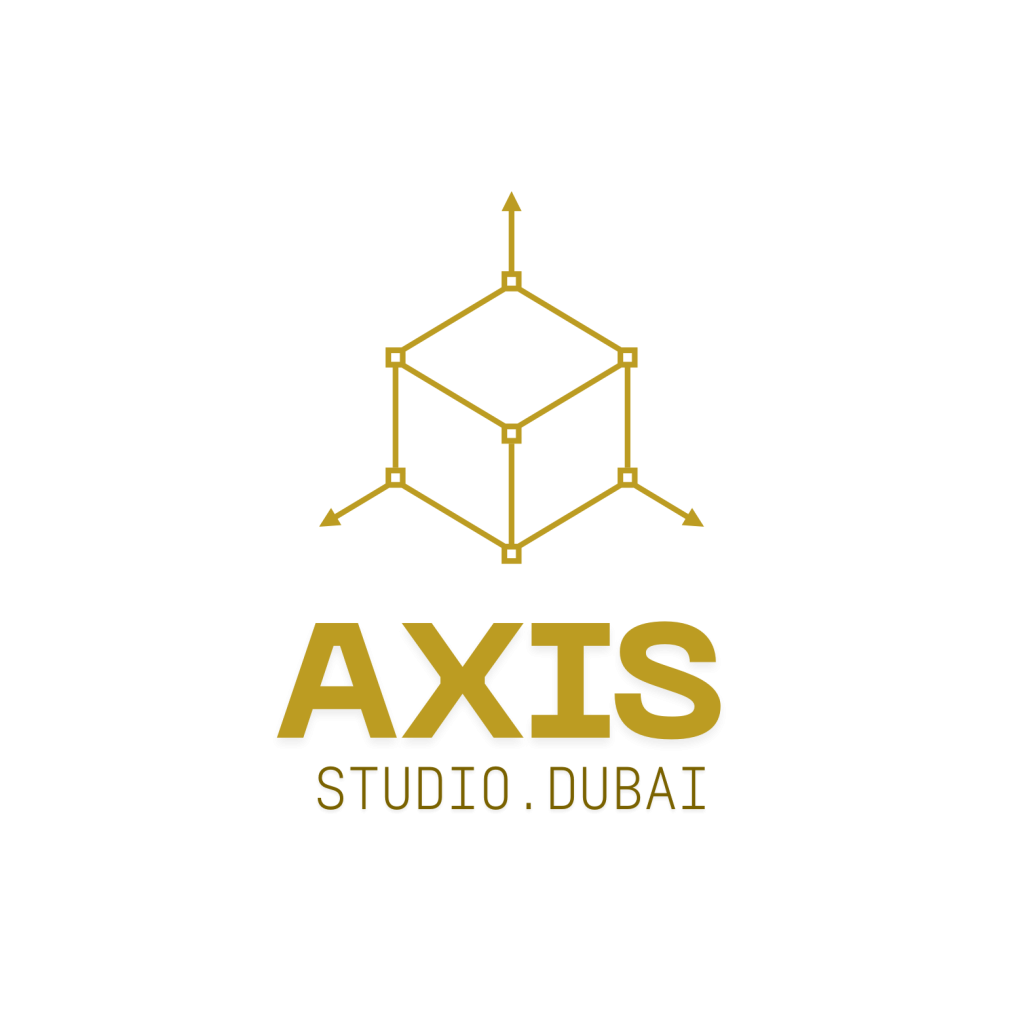
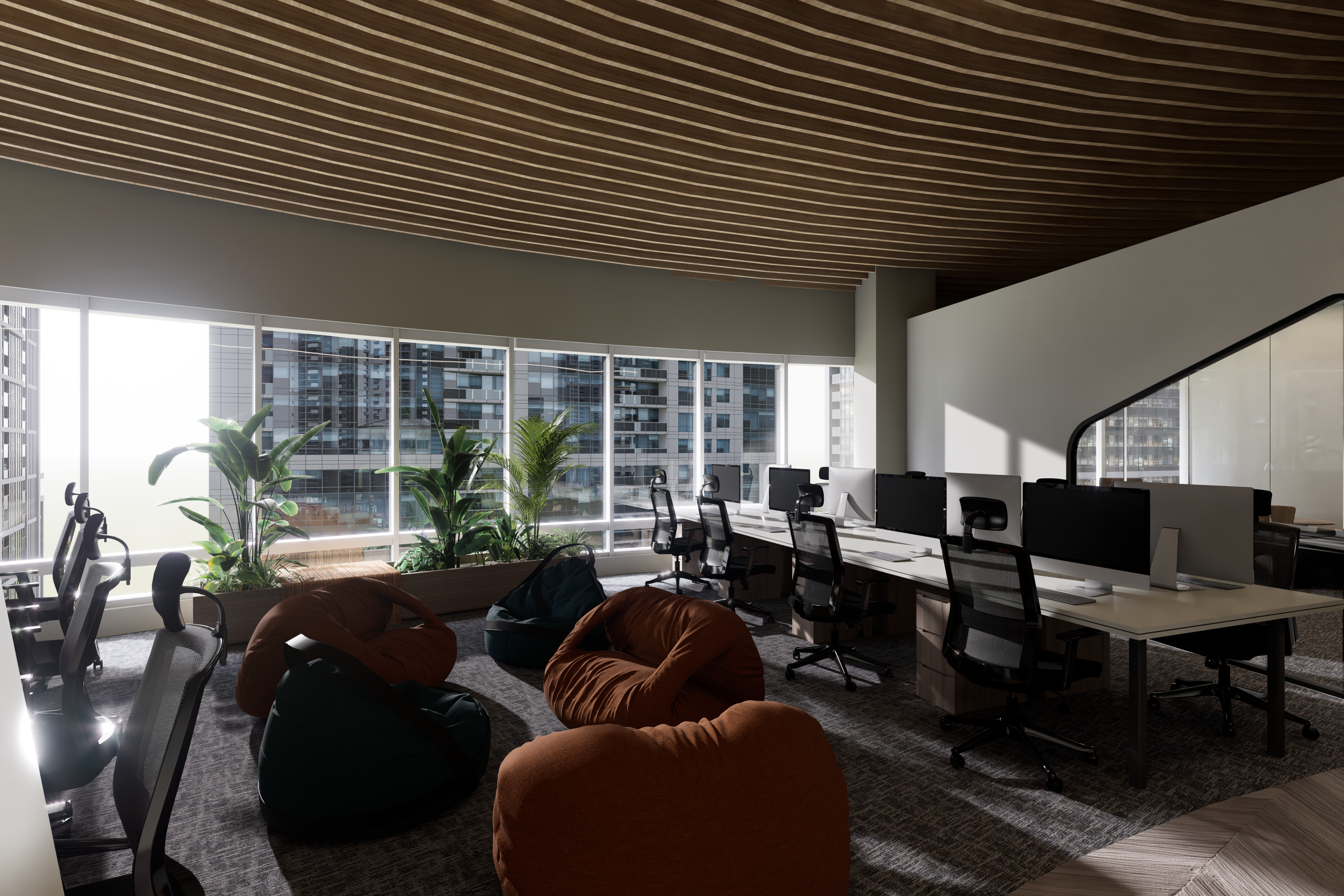
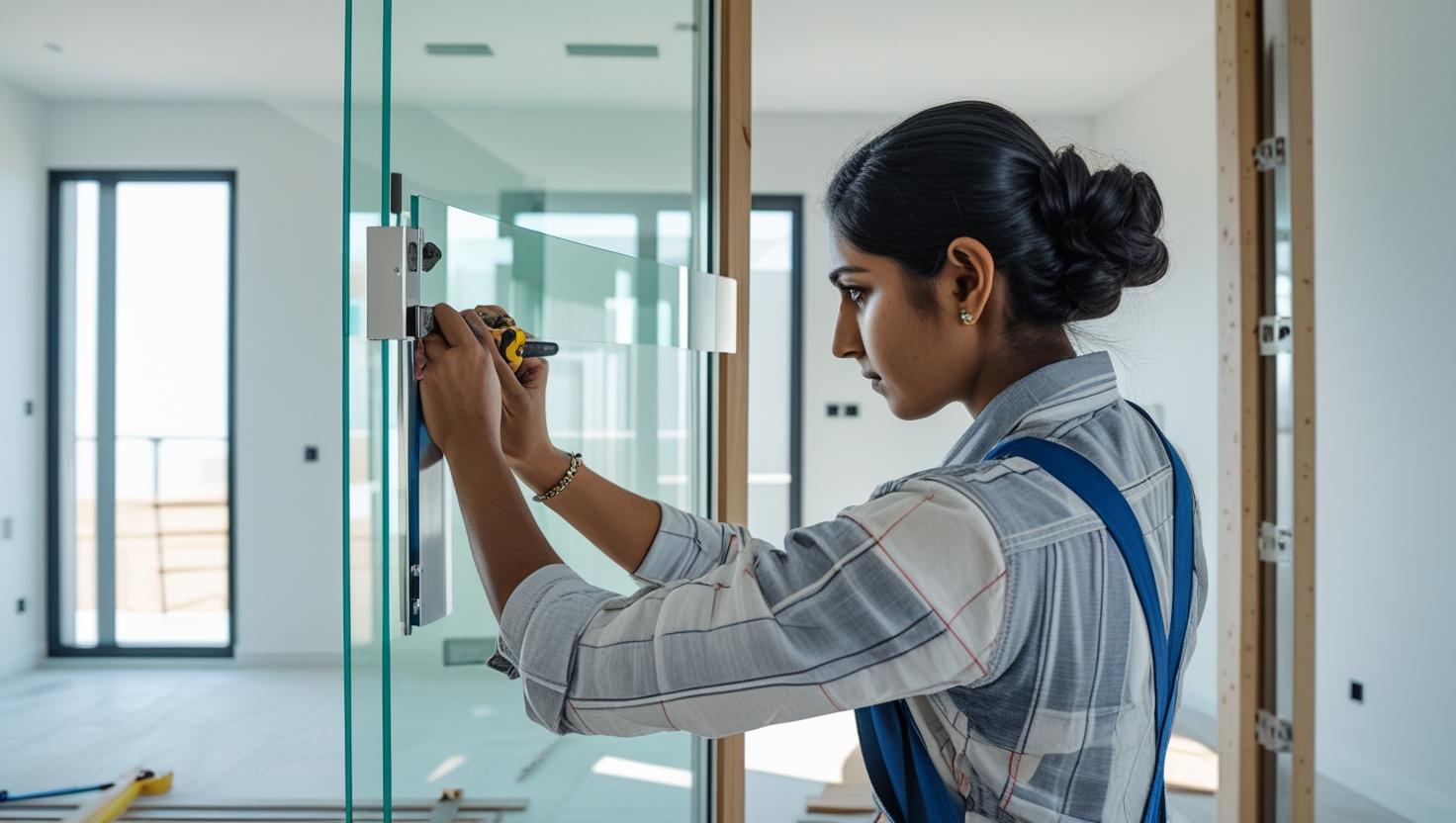






Leave a Reply